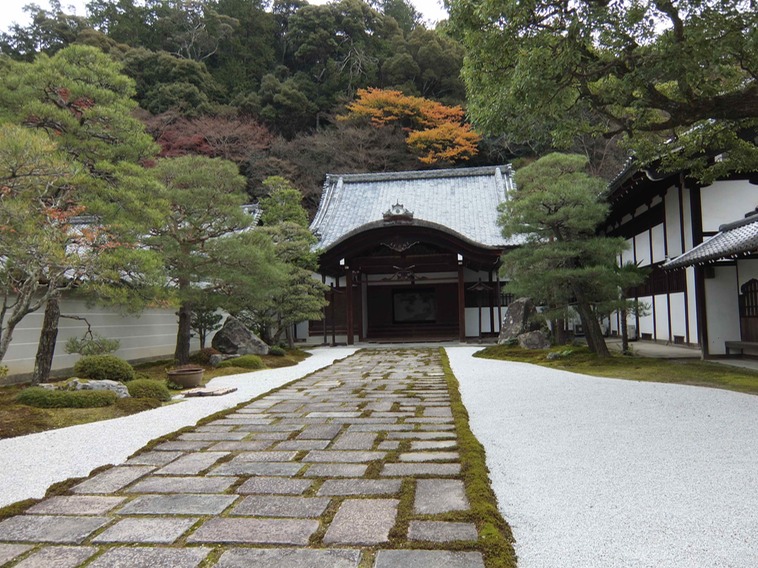It's also down to the time of year when you visit it. We'd been to one of the iconic Zen sand garden temples on our first visit, and headed through the grounds along with a couple of hundred other visitors. It was the sort of environment where you want to take your time, but, quite literally, if you wanted to sit, gaze and ponder you had to wait for someone who was seated to get up, and when he or she did it was a case of first in, best dressed.
Our main destination, however, was Nanzenji, one of the most important Zen temples in all of Japan and the head temple of a school within the Rinzai sect of Zen Buddhism, the one that emphasises the use of koans or paradoxical puzzles to help the aspiring student of Zen to overcome the boundaries of logic.
Nanzenji dates back to in 1264 when the Emperor Kameyama built a retirement villa at the temple’s location and later converted it into a Zen temple in 1291. The temple buildings were destroyed during the Onin War (1467–77), and most of the present structures date from (at the earliest) the seventeenth century.
